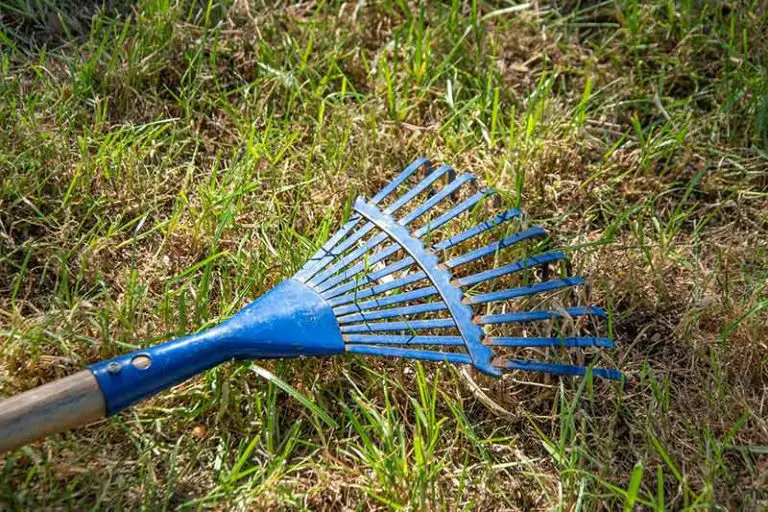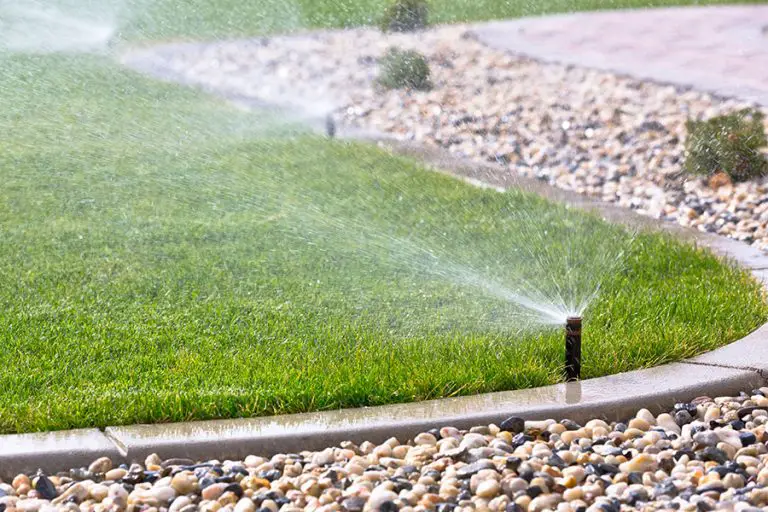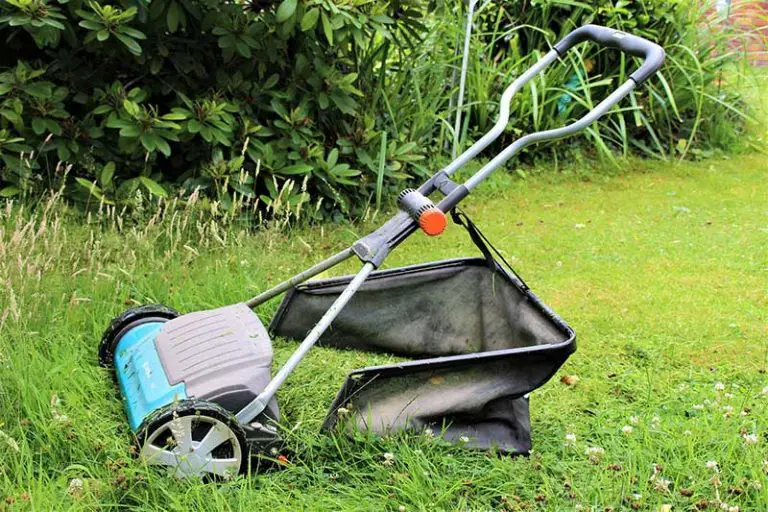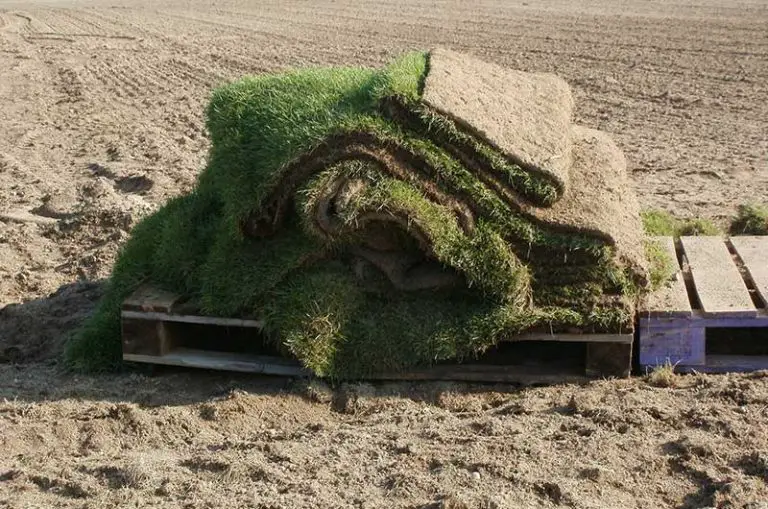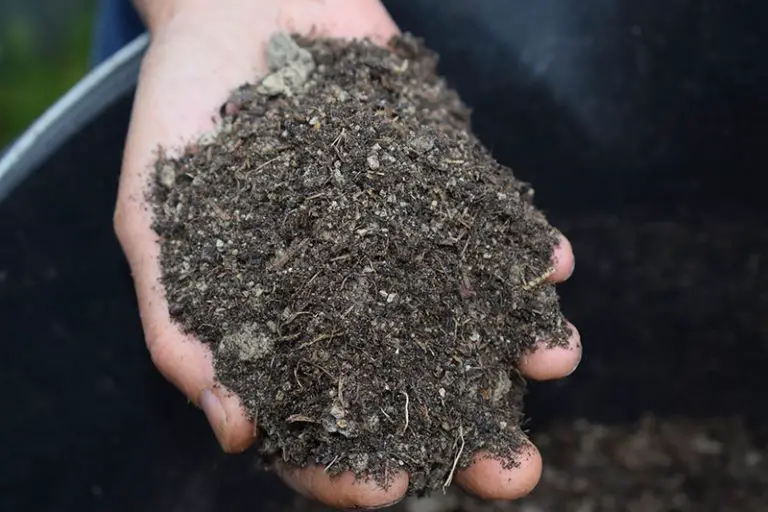How Often Should You Water Your Lawn in Summer?
There’s no definitive answer to how often you should water your lawn in summer, as water requirements vary from lawn to lawn. The frequency of your watering sessions will ultimately depend on the weather conditions you see over summer, and also on your grass type and soil type.
How Often to Water Lawn in Summer
To determine how often you water your lawn in summer, irrigate enough so that your lawn receives about 1 to 1.5 inches of water per week. Remember to factor any rainfall over the week into this measurement.
For best results, water deeply and infrequently. Instead of watering daily, add about ⅓ an inch of water every 2 days. Watering in this way will encourage your grass plants to grow deep, strong root systems. The knock-on effect of this is a stronger, healthier lawn that is more resistant to drought.
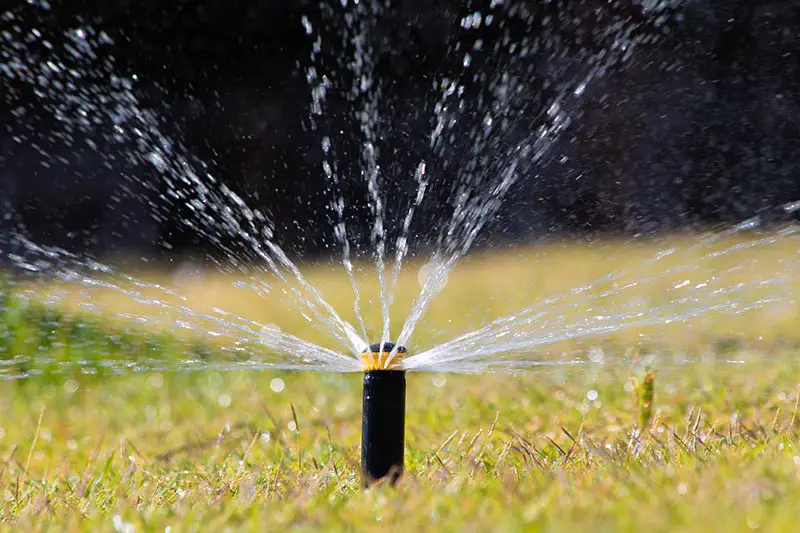
How Do I Know If I’m Watering My Lawn Enough in Summer?
It can be difficult to tell whether you’re adding the optimal amount of water to keep your lawn healthy over the summer months. However, there are some signs to look out for to visually assess whether your lawn is over or underwatered.
The signs of an overwatered lawn include:
- Influx in weed growth, particularly of crabgrass and mushrooms
- Pest infestations, particularly mosquitoes
- Dead grass
- Puddling water and runoff
The signs of an underwatered lawn include:
- Patches of dry, yellow or brown grass
- Soil is dry and gravelly in texture
Determining How Much Water to Add to Lawn in Summer
There are a few methods you can use to make sure you’re watering your lawn enough in the summer.
Test #1: Screwdriver Test
You can conduct this test regardless of whether you have a sprinkler system or you irrigate by hand. Set a timer, then water your lawn, checking every so often to see how far the water has penetrated into the turf. You can check this depth with a shovel or screwdriver. Once the water reaches 6 inches into the soil, take note of the time; this is how many minutes you should irrigate in the future.
Test #2: Determine Flow Rate of Sprinkler System
If you have a sprinkler system, you can determine how long to irrigate from your system’s flow rate. If you don’t already know its flow rate, you can find out this information from the manufacturer of your system. Taking the area of your lawn in square feet, multiply this number by 0.62 (gallons, i.e. an inch of water per square foot of lawn). Divide the resulting figure by the flow rate of your system to determine the number of minutes to run your sprinklers.
Test #3: Tuna Can Test
An alternative test for a sprinkler system is the tuna can test. Take several clean, empty tuna cans and place them around your lawn. Turn on your sprinklers and measure how long it takes for each can to fill up with an inch of water. The average of these figures is how many minutes you should run your system.
Best Time to Water Lawn in Summer
The best time to water your lawn in summer is in the morning, after the sun rises, between 4am and 10am. At this time of day, temperatures are cooler and winds are calmer. This gives your grass plants plenty of time to absorb the water through their roots before the sun comes up and evaporates it. It also allows the turf a full day to dry out before the sun goes down.
If it isn’t possible for you to water in the morning, the next best time to water grass in summer is in the late afternoon, between 4pm and 6pm. Although not ideal, this will still give your turf a chance to dry out before nightfall. If you water any later than this the lawn will be too damp overnight; warm summer nighttime temperatures combined with excessive moisture significantly increase the development of fungal infestations like summer patch and brown patch lawn disease.
More Tips for Watering Lawn in the Summer
These are some extra tips to help you improve the water retention properties of your lawn in the summer heat.
1. Improve Soil Structure
The structure of your soil, or in other words, your soil type, will affect its water retention properties. For instance, while sandy soils absorb water well, they aren’t good at holding onto the water underground. On the other hand, clay soils have excellent water retention properties, although they compact more easily than other soil types.
The best soil for growing grass in the summer is loamy soil; it holds all of the benefits of each soil type without their negatives. To improve your lawn’s water retention properties, you should amend your soil to make it as loamy as possible.
2. Choose Organic Lawn Care
To generally improve the health and water retention properties of your lawn, opt for all-natural organic lawn care. While chemical amendments can be cheap and work quickly, they are worse long-term for the health of your lawn and the environment. Organic fertilizers and other amendments are the best options to grow a stronger, more drought-resistant lawn.
3. Let Grass Grow Longer
Your summer mowing schedule is also important to promote the health of your lawn. All grass types have their own ideal cutting heights; in the summer, you should cut the grass to the tallest recommended height for your grass species. Taller grass encourages deeper root systems, which in turn improves the drought resistance of your lawn. The longer blades also shade the soil surface from the sun, reducing the amount of water lost to evaporation.
When deciding how often to mow your lawn in summer, you should apply the ‘one-third rule’. In other words, never remove more than ⅓ of the grass’ total height each time you mow. Let your grass grow to be 1 ⅓ times taller than the tallest recommended height for its species before mowing.
4. Let Cool-Season Grass Go Dormant
If your lawn contains cool-season grass, it may be best to let it go dormant over the summer months. These grasses grow most actively in spring and fall, turning dormant when temperatures reach 65°F; trying to keep your lawn green over summer by watering may be a waste of time if temperatures are too warm. Although you’ll have to put up with a brown lawn, your grass will green up again when temperatures cool off.
5. Plant Correct Grass Type for Different Areas of Your Lawn
Some parts of your lawn may receive more sunlight than others. If this is the case, you should seed the shadier parts of your lawn with shade-tolerant grass, and plant a full-sun grass type in the areas that receive full sunlight.
6. Update Sprinkler System
There’s a lot of technology available for sprinkler systems that can offer you more control over your irrigation. For example, timers, Bluetooth controllers, moisture sensors, and mini-weather stations are all features you can add to improve your sprinkler system.
7. Maintain Sprinkler System Properly
It’s important to maintain your sprinkler system to ensure it’s working at its optimum efficiency throughout the year, particularly in summer. In the spring, have a professional blow out your sprinkler system, and remember to shut off your system before winter. We also recommend that you get an irrigation contractor to inspect and maintain your sprinkler system every so often.
8. Collect Rainwater
If you live in an area that sees any rainfall over the summer months, collect this water in a rain barrel. Additionally, you could reposition your property’s drainage spouts so any rainwater flows directly onto your lawn. This water is great for your lawn, and using it will help you to save on your water bill over the summer.


